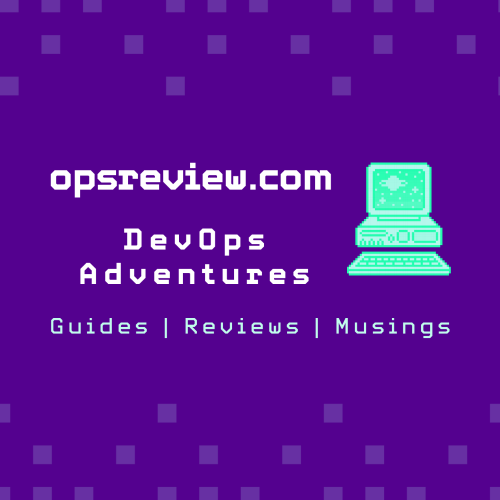One of the best things about being a consultant in the DevOps space is the all-you-can-eat buffet of tools, tech stacks, and implementations out in the wild.
Over the past two decades, I've been involved in several customized implementations. Some may make you scratch your head and ask “why didn't you go with the most common/easy solution?". Short answer is we all have to make some concessions to fit within a customer's requirements and budget.




